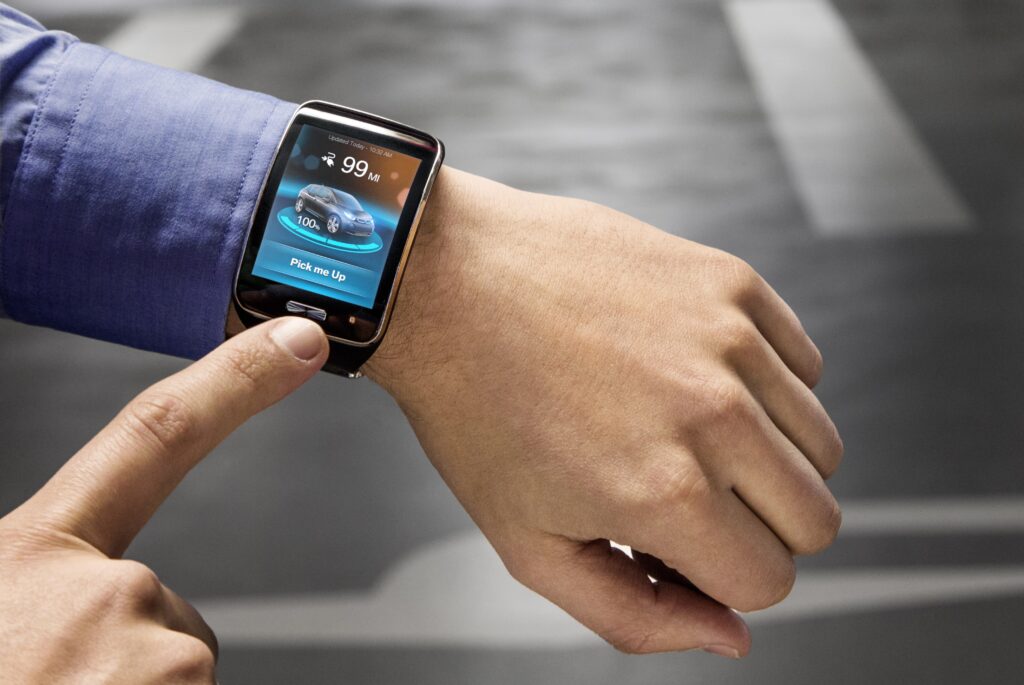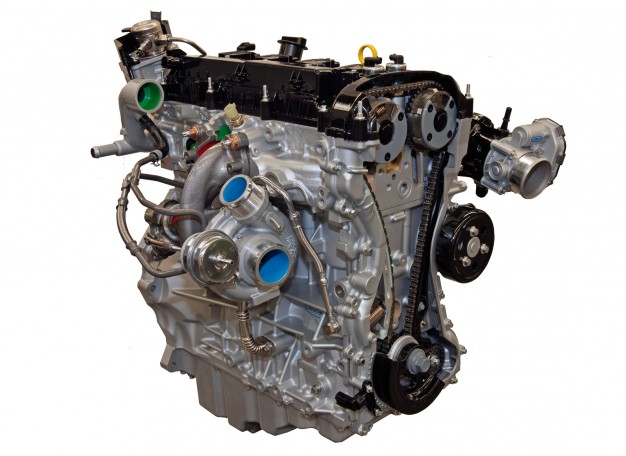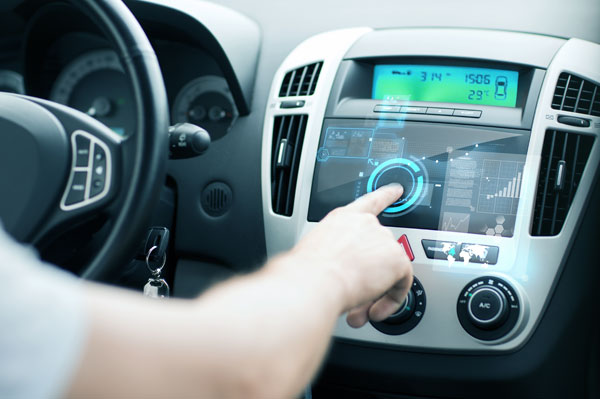Whilst turbocharging was once reserved for true petrolheads and performance enthusiasts, the technology is now becoming more and more popular amongst mainstream automakers.
In this post, we’ll be looking at the reasons behind the trend, and why the turbo looks destined to become even more popular with both consumers and vehicle manufacturers over the next decade.
The reasons behind the trend
In the current economic and political climate, automakers have a real need to improve the fuel economy of their vehicles and reducing the emissions, without affecting performance.
This has been driven by constantly rising fuel prices, and the global adoption of more stringent emissions standards designed to reduce the amount of Co2 produced by vehicles.
There has also been a real shift in consumer demand, as buyers demand more affordable, efficient and green vehicles, without wanting to compromise on drivability.
Turbocharging and the alternatives
By making engines smaller, and fitting them with modern turbochargers, vehicle manufacturers have been able to deliver significant improvements to fuel economy, whilst reducing emissions at the same time.
Simply put, this means that the vehicles they are producing have similar performance to those with much larger engines, without the emissions and poor economy.
Whilst hybrid technology, electric vehicles and alternative fuels all have their place in improving fuel economy and reducing emissions, the technology is still relatively new – especially when compared to turbocharging.
This makes it expensive, and more and more automakers have realised that turbocharging provides the easiest, (and most cost-effective) way to produce affordable, practical, and desirable vehicles that are both economical and environmentally friendly.
Turbocharging déjà vu
Of course, the idea behind turbocharging vehicles is nothing new, and the current trend towards turbocharging may seem familiar to those old enough to remember the 1980s, when vehicle manufacturers first began looking for ways to reduce emissions and improve fuel economy in performance petrol engines.
Unfortunately, turbocharged vehicles didn’t fulfil their potential in the 80s, mainly due to the high initial costs, questionable reliability, and the dreaded “turbo lag”.
As fuel prices began to rise significantly in the late 90s, diesel engines became more popular, and manufacturers began to invest more money into turbochargers for diesel applications, which brought new life to the turbo.
Advances in turbocharging technology
Turbocharged vehicle production looks set to reach 35 million in 2015 (double the 2009 figures) as the world’s major automakers compete with each other to improve the efficiency and performance of their vehicles. This efficiency arms race is also helping to drive huge technological advances in turbocharging.
Turbocharging has moved on a long way, and modern advances have negated many of the problems that prevented the technology from becoming a mainstream success during the 1980s.
Modern turbos are more responsive and reliable than ever before, with minimal “turbo lag” and a much lower boost threshold (so they begin working at a lower rpm).
Automotive turbocharging is here to stay, and over the next 5 – 10 years, we expect the trend to continue, with smaller turbocharged engines becoming the standard for all the major manufacturers.
How we can help
At AET, we’ve been providing a high quality turbo repair, replacement and sales services for over 40 years.
Today, we work on all kinds of automotive, industrial and marine turbochargers, and our experienced, friendly teams can provide tailored advice and support for all your turbo needs.
Call us today on 01924 588 266, or email [email protected] for further information.



